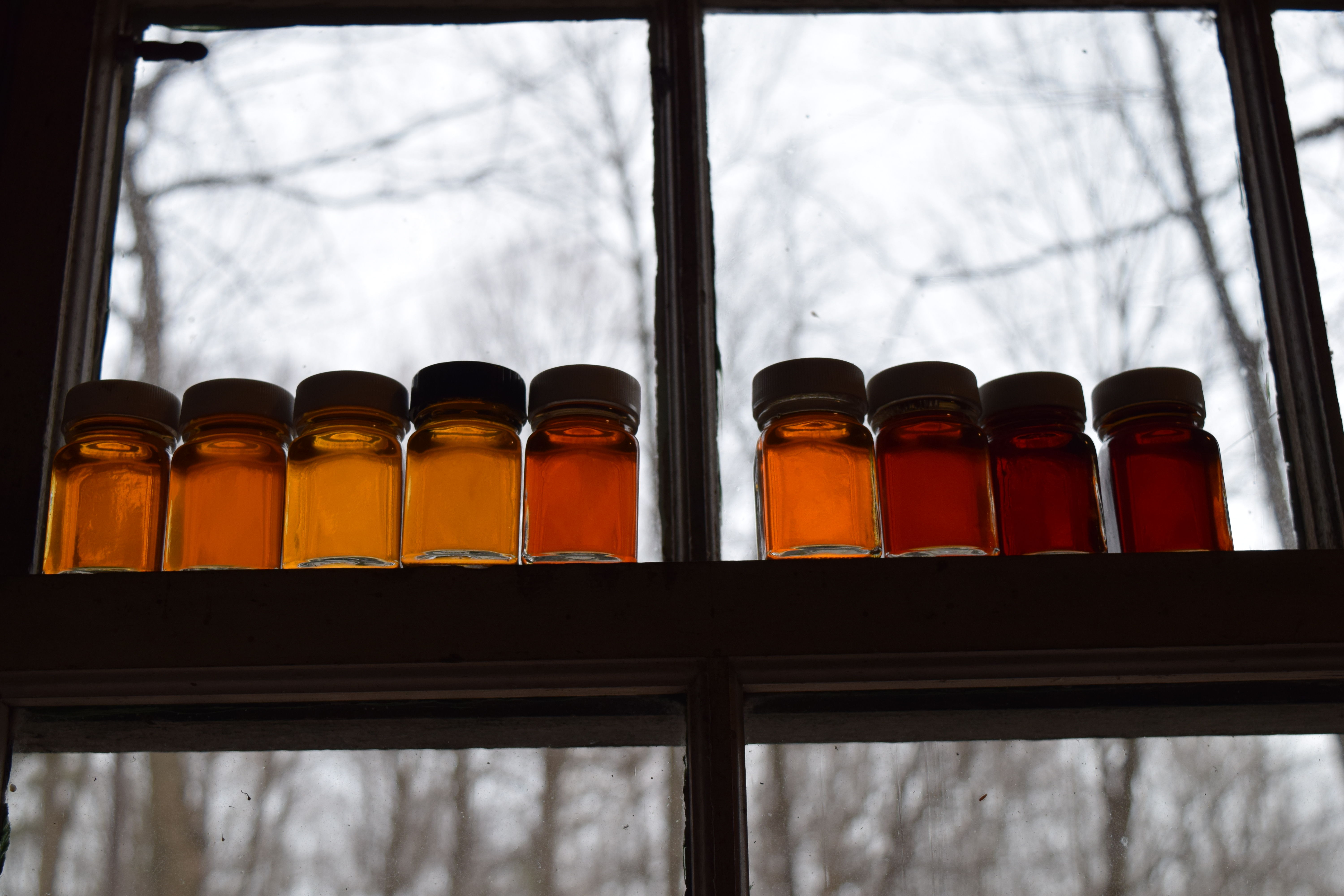The sign-up period for MPP coverage in 2018 will close on June 1, 2018.
 If you’re shipping milk you should check out how the USDA has revamped the Margin Protection Program (MPP) for 2018. Premiums have dropped, especially for Tier I pricing (less than 5 million lbs of milk). Here’s how it works.
If you’re shipping milk you should check out how the USDA has revamped the Margin Protection Program (MPP) for 2018. Premiums have dropped, especially for Tier I pricing (less than 5 million lbs of milk). Here’s how it works.
The program makes payments when the monthly margin between the U.S. all-milk price and national average feed costs falls below the level of coverage chosen by the producer. Above the basic $5 margin level for the first 5 million pounds there are supplemental coverage options available for purchase in 50-cent increments. Supplemental coverage can extend up to $8/cwt. The program pays on one-twelfth of a producer’s annual production history, multiplied by the percentage of supplemental coverage chosen, from 25% up to 90%, plus the remaining coverage provided on the farm’s production history at the basic $5 level. Once a farm enrolls in the MPP it is committed to the program through 2018. Farmers must have an up-to-date Form 1026, signifying that they meet conservation requirements, in order to participate.
For example, if you use 3,000,000 lbs milk production history and the $8.00 MPP level and elect to insure 90% of that production you could receive an estimated $13,897 in total payments. At a premium cost of $4,196, that’s a net return of $9,701 for the whole year, after premiums are covered. The January, February and March margins are set, and in the above scenario, the payout so far in 2018 is $8,798, more than covering the $4,196 premium. This program is worth revisiting!
For more information, follow this link to the MPP Decision Tool where you can make inputs specific to your farm. The sign-up period for coverage in 2018 opened on April 9 and will close on June 1, 2018. The U.S. Department of Agriculture is allowing farmers to opt out of coverage for 2018. For more information, contact your local USDA Farm Service Agency (FSA) and ask about MPP or read this MPP Factsheet.





 Farm Viability has filtered the internet universe and posted the best resources to assist managers with legal decisions, market research and financial records. Visit our
Farm Viability has filtered the internet universe and posted the best resources to assist managers with legal decisions, market research and financial records. Visit our